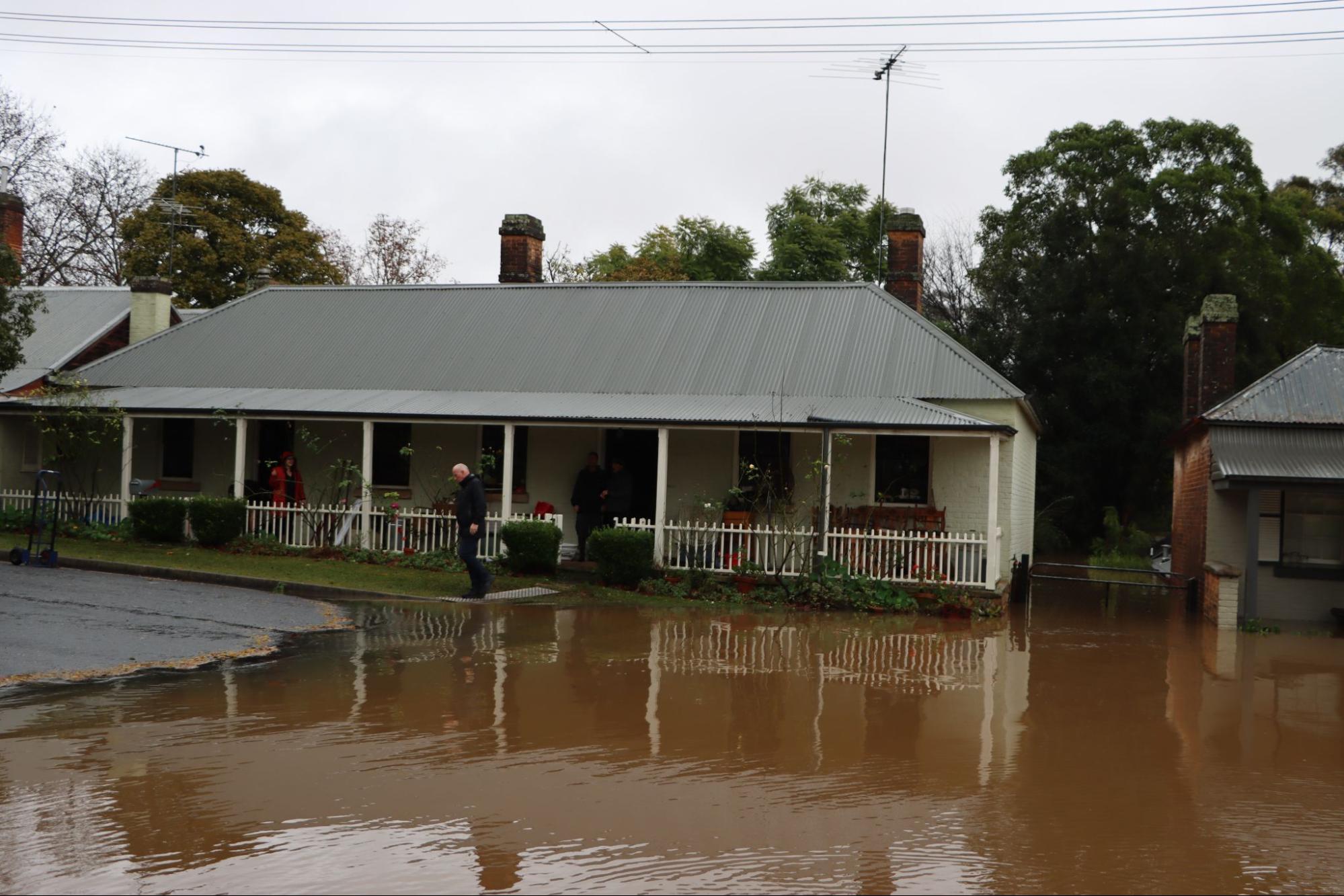
How to Design Flood Resistant Basement Walls

No one ever wants to experience a flood, but knowing you are prepared is the best way to find peace of mind. With climate change causing more rain and flooding across the world, avoiding flood waters is becoming more and more difficult. Floods bring structural and health issues to homes that are unprepared. Preparing beforehand keeps your home safe for whenever disaster strikes.

What Does a Flood Do To a Wall?
Floods put an incredible amount of stress on the home, not only when they hit, but also when the flood waters recede. Structurally, floodwaters and wave surge apply a great deal of force to a home’s walls. The pressure from the water wants to push walls into the home so the walls must be strong enough to withstand this pressure. Floods can also knock a home off of its foundation.

Once the floodwaters are gone, the dangers unfortunately remain. Flood waters are contaminated with many different hazards. Flood waters can lead to mold growth inside the home and walls which can be hard to detect. If the walls are made from absorbent materials like wood, gypsum board, or fibrous insulation, they must be removed, as soon as possible, and replaced to prevent mold growth.
How Are Walls Waterproofed?
Water is great at finding ways to seep into homes. The best way to waterproof basement walls is by applying a membrane to your wall surface helps to seal any potential leaks and keep water out. A waterproof membrane or sealant can be brushed onto your basement’s walls and floors. Once dry, the membrane does a great job of locking moisture out. Keep in mind that if the membrane becomes damaged over time, it must be touched up to remain effective.
Caulk works wonders for sealing openings and keeping the water out. If you see cracked caulking, be sure to replace that as soon as possible. Check for any cracks in the basement walls as well. Fresh caulking around doors, windows, and hatchways will help keep water from coming through those openings.
Preventing Flood Issues Around the Home
Keeping water off of wall structures in the first place is the best way to keep your home safe and dry.
Gutters and Downspouts
Gutters and downspouts are an easy way to redirect rainwater away from your basement walls. Downspouts should discharge water at least 10 feet away from your home. If water can pool near your basement walls it is more likely to find its way in. Downspout extensions can help push water farther away.
French Drains
One great option for moving water away from the home is the French drain. A French drain is simply a perforated pipe that is buried in the ground and covered with gravel. The drain is carefully sloped so that water will drain away as it seeps into the pipe.
Proper Grading
Homes settle over time which can change the way water drains around your home. Landscape changes can affect this too. If groundwater is able to pool near your home’s walls, the yard must be regraded or other drainage solutions must be added to push the water away from the walls.
Sump Pumps
As a last line of defense, sump pumps can be used to remove water from a basement once it gets in. While it is ideal to prevent the water from getting into the basement in the first place, if water does get in it must be removed. Sump pumps work by collecting water as it drains into the basement and using a motor to pump the water out of the house.
Insulated Concrete Forms (ICF) Provides Superior Protection
Insulated concrete forms (ICF) provide a great alternative for building a flood-resistant home. ICF blocks consist of two panels of insulation held together with a proprietary system of polypropylene ties. Stacked on site, these foam blocks form the shape of the walls and rebar is placed in the hollow space between the insulation. Finally, concrete is poured into the hollow space to tie the whole structure together. ICF block construction provides superior strength and water resistance over conventionally built homes.

Superior Strength
The steel-reinforced concrete nature of ICF blocks gives the home’s walls unmatched strength. In fact, ICF blocks are often used to build storm shelters because they are so strong. Fox Blocks wall assemblies meet the ICC 500 and FEMA P-361 standards for storm shelters and safe rooms. The steel reinforcements also tie into the home’s foundation helping to keep the entire home together in the case of a flood.
Water Resistance
Fox Block’s ICF blocks use expanded polystyrene (EPS) insulation. EPS insulation is a nonorganic material and does not promote mold or mildew growth. Water quickly drains or dissipates from the EPS very quickly. The solid nature of the concrete walls also prevents mold or water from having anywhere to hide. Since flood waters are contaminated, the gypsum board is removed and the EPS insulation of the ICF walls should be cleaned after a flood, but the EPS does not need to be replaced due to mold concerns.

Learn More About the Game-Changing Power of ICF with Fox Blocks
ICF blocks from Fox Blocks give homeowners peace of mind that their home is ready whenever disaster may strike. To learn more about why Fox Blocks make superior flood-resistant basement walls, reach out to our team of experts today.